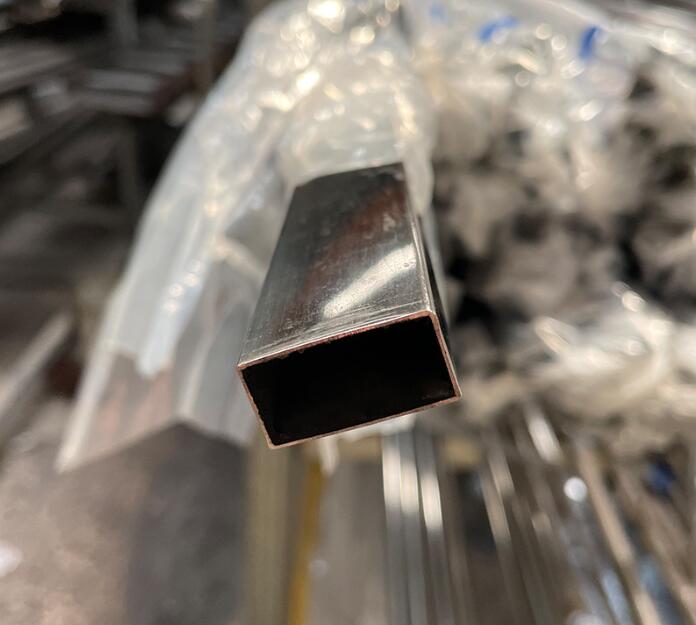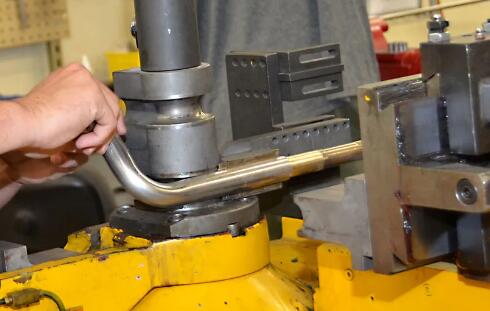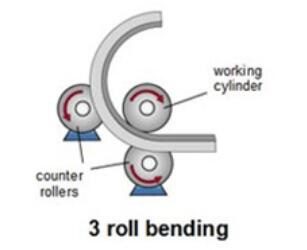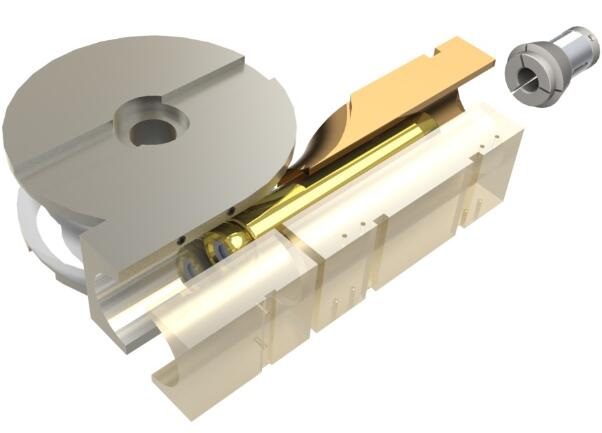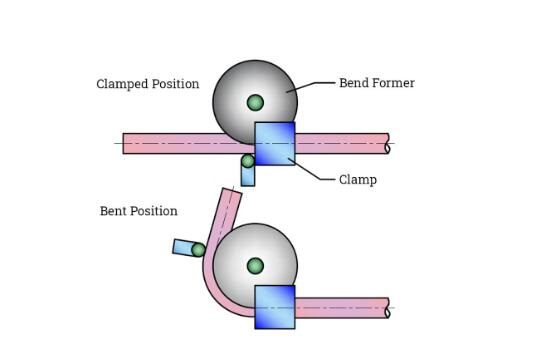Understanding the bend radius is an essential factor when dealing with bending stainless steel tubing or bending steel pipe. The bend radius can significantly influence the structural integrity, aesthetic quality, and performance of the bent stainless steel pipe.
Crucial Role of a Tight Radius Achievement: Achieving a tight bend radius while maintaining the structural integrity of the steel is a crucial aspect of bending stainless steel. It is vital to understand the limitations of the material you’re working with, and how the bend radius can affect the functionality of the final product. You need to consult the stainless steel tubing bend radius chart or minimum tube bend radius chart for reference on the material’s capabilities and limitations.
Deployment of Mandrel Pipe Bending for Consistent Outcomes: For consistent, high-quality results in achieving a tight bend radius, the use of mandrel pipe bending can be highly beneficial. By using a mandrel—a device inserted into the tubing during the bending process—the tube’s shape is better maintained, and wrinkling or distortion is minimized. It allows for the creation of bent stainless steel pipe or bent stainless steel tubing with a tight bend radius without compromising the tube’s structural integrity.
Effect of Bend Radius on Force Exertion and Structural Strength: The bend radius can significantly impact the force exertion required and the final structural strength of the bent pipe. When the bend radius is too tight for the material, there may be a risk of the tubing kinking or collapsing, potentially damaging the tube and creating a weak point.
In contrast, a bend radius that is too large may require excessive force for bending stainless steel tubing, which can also result in material deformation or failure. Consulting the tubing bend radius chart and understanding the specifications of your particular material can help avoid these issues.
2. Yield Strength
Understanding the yield strength of the material is another critical factor when bending stainless steel or bending steel tubing. Yield strength refers to the maximum amount of stress that a material can withstand without permanently deforming.
The Effect of Yield Strength on Spring Back Development: When bending stainless steel tubing, a phenomenon known as ‘spring back’ can occur, which is the material’s tendency to return to its original shape after the bending force is removed. The degree of spring back is closely related to the yield strength of the material; higher yield strength typically results in greater spring back. Therefore, understanding the yield strength of the material can help predict and compensate for this behavior.
Ascertain the Yield Strength of Steel Before Bending: Knowing the yield strength of the material before bending stainless steel tubing is vital in achieving successful results. The yield strength will dictate how much stress the material can endure before permanently deforming or failing. This is particularly important when bending 1″ stainless steel tubing or bending 2 inch steel pipe, as these larger dimensions can require substantial force.
Evaluating the Specific Strain Anticipated During Bending: By understanding the yield strength of the material and the specific strain anticipated during the bending process, you can better predict how the material will behave. This can guide the selection of suitable tools and methods, like using a stainless steel tubing bender, and inform the necessary adjustments to achieve the desired result without compromising the integrity of the bent stainless steel tubing.
3. Material Thickness
The thickness of the stainless steel plays a significant role in the bending process. It is often directly proportional to the force needed to bend it and the likelihood of the material collapsing during the process.
Problems of Material Thickness Variations in Maintaining Bending Tolerances: A significant issue encountered when bending stainless steel tubing is that variations in material thickness can lead to difficulties in maintaining bending tolerances. For instance, if the thickness of the bending stainless steel is not uniform throughout, it could result in inconsistent bending angles, potentially leading to a failure in achieving the desired final shape.
Variations can cause some sections to be more resistant to bending, leading to kinks or even breaks. Hence, precise measurements and a keen understanding of your stainless steel tubing’s bend radius chart will be invaluable in predicting how the material will respond to bending forces.
Influence of Material Thickness on Bending Power and Potential for Collapse: The thickness of the stainless steel tube or pipe will also determine the amount of power required to bend it. Thicker tubes require more force to bend, making them more suitable for high-strength applications. However, the drawback of thicker tubes is their increased potential for collapsing during the bending process.
When bending steel tubing, for instance, applying too much force can crush the tube. Therefore, understanding your material’s thickness is crucial when deciding on the bending process and the equipment to use, such as a stainless steel tubing bender. Care should be taken when bending thin wall tubing as it can be especially susceptible to collapse and kinking.
4. Welded vs. Seamless Pipes
The process of bending stainless steel doesn’t apply only to solid bars or sheets; it also extends to pipes and tubes. Here, one crucial decision lies in the type of pipe used: welded or seamless. Both varieties have unique properties that affect their forming capacities and present different advantages and drawbacks.
Forming Capacities of Both Seamless and Welded Pipes: Seamless pipes, as the name suggests, are formed as a whole without a welded seam. This seamless construction makes them highly resistant to pressure and allows for a smoother bend, making them a popular choice when bending stainless steel tubing.
On the other hand, welded pipes are constructed by rolling a flat piece of steel into a cylindrical shape and welding along the seam. Despite this seam, welded pipes can still be effectively bent with appropriate care and process control. For instance, a stainless steel pipe bender or a mandrel can be used to prevent kinking or collapse, especially on the welded seam.
Pros and Cons of Each Type: Both seamless and welded pipes have their own sets of pros and cons. Seamless pipes, being made from solid billets, are typically stronger and more reliable under pressure, which is advantageous in applications where the pipe will undergo bending or shaping.
However, the production process for seamless pipes is more complex and time-consuming, leading to higher costs.
On the other hand, welded pipes are often cheaper and available in a wider range of sizes due to their simpler manufacturing process. While their weld seam can be a point of weakness when bending, advancements in welding technology have made this less of a concern, especially when bending steel pipe with proper tools and techniques.
5. Chart of Bend Radius for Stainless Steel Pipe



